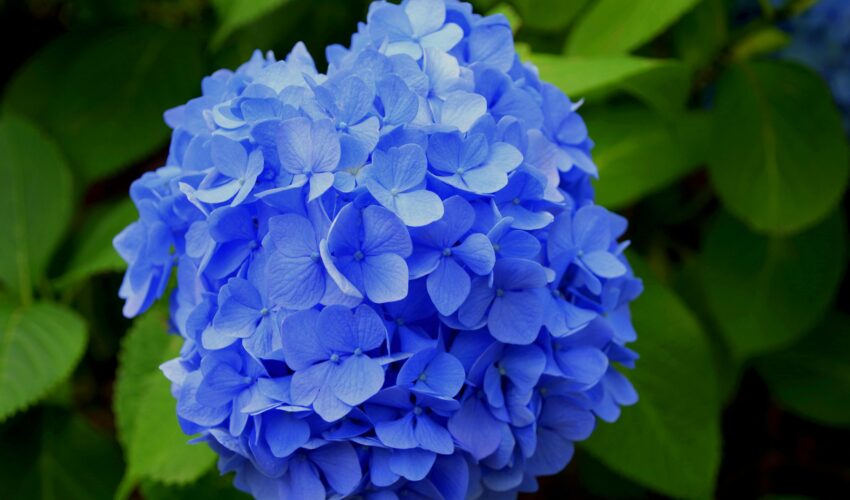
Growing and Caring for Hydrangeas in Fayetteville, NC

Hydrangeas are a favorite among gardeners for their large, beautiful blooms and relatively easy care. If you live in Fayetteville, NC, you’re in luck! The region’s climate is ideal for growing these stunning plants. Here’s a comprehensive guide to help you grow and maintain hydrangeas in your garden.
Choosing the Right Hydrangea
Before planting hydrangeas, it’s essential to choose the right type for your garden. The most common types suitable for Fayetteville’s climate include:
1. Bigleaf Hydrangea (Hydrangea macrophylla): Known for their large, colorful blooms that can change color based on soil pH.
2. Panicle Hydrangea (Hydrangea paniculata): These are more sun-tolerant and produce cone-shaped flower clusters.
3. Smooth Hydrangea (Hydrangea arborescens): Native to the eastern U.S., they are hardy and produce white blooms that can turn greenish as they age.
4. Oakleaf Hydrangea (Hydrangea quercifolia): Known for their unique leaf shape and beautiful fall color.
Planting Hydrangeas
1. Location: Hydrangeas thrive in well-drained soil with morning sun and afternoon shade. Avoid planting them in full sun as this can scorch their leaves, especially in Fayetteville’s hot summer climate.
2. Soil Preparation: Hydrangeas prefer slightly acidic to neutral soil (pH 5.5 to 7.0). If your soil is too alkaline, you can amend it with compost or peat moss.
3. Planting: Dig a hole that is twice as wide and as deep as the root ball. Place the plant in the hole, ensuring that the top of the root ball is level with the ground surface. Backfill with soil, water thoroughly, and mulch around the base to retain moisture.
Watering and Fertilizing
– Watering: Hydrangeas need consistent moisture, especially during their first year. Water deeply at least once a week, and more often during dry periods. Mulching helps retain moisture and keep the roots cool.
– Fertilizing: Apply a balanced, slow-release fertilizer in the spring as new growth begins. Avoid over-fertilizing, as this can lead to lush foliage but fewer blooms.
Pruning Hydrangeas
The pruning needs of hydrangeas depend on the type:
– Bigleaf and Oakleaf Hydrangeas: These bloom on old wood, so prune them after flowering in the summer. Remove dead or weak stems to encourage healthy growth.
– Panicle and Smooth Hydrangeas: These bloom on new wood, so they can be pruned in late winter or early spring before new growth starts.
Winter Care
In Fayetteville, winters are generally mild, but occasional freezes can occur. Protect your hydrangeas by:
– Mulching around the base to insulate the roots.
– Covering the plants with burlap or frost cloth during extreme cold snaps.
Common Problems and Solutions
– Wilting: Often caused by underwatering or too much sun. Ensure your plants receive adequate water and afternoon shade.
– Leaf Spot: This fungal disease can be managed by improving air circulation and avoiding overhead watering. Remove and dispose of affected leaves.
– Pests: Watch for aphids, spider mites, and scale insects. Insecticidal soap or neem oil can help control these pests.
Changing Bloom Color
One of the fascinating aspects of bigleaf hydrangeas is their ability to change color based on soil pH:
– Blue Blooms: Acidic soil (pH below 6.0). Add aluminum sulfate or sulfur to lower soil pH.
– Pink Blooms: Alkaline soil (pH above 7.0). Add lime to raise soil pH.
Regularly test your soil and adjust as needed to achieve your desired bloom color.
With proper care and attention, hydrangeas can be a spectacular addition to your Fayetteville garden. Their vibrant blooms and lush foliage can transform your landscape into a floral paradise. Follow these tips to ensure your hydrangeas thrive and bring beauty to your outdoor space year after year. Happy gardening!
